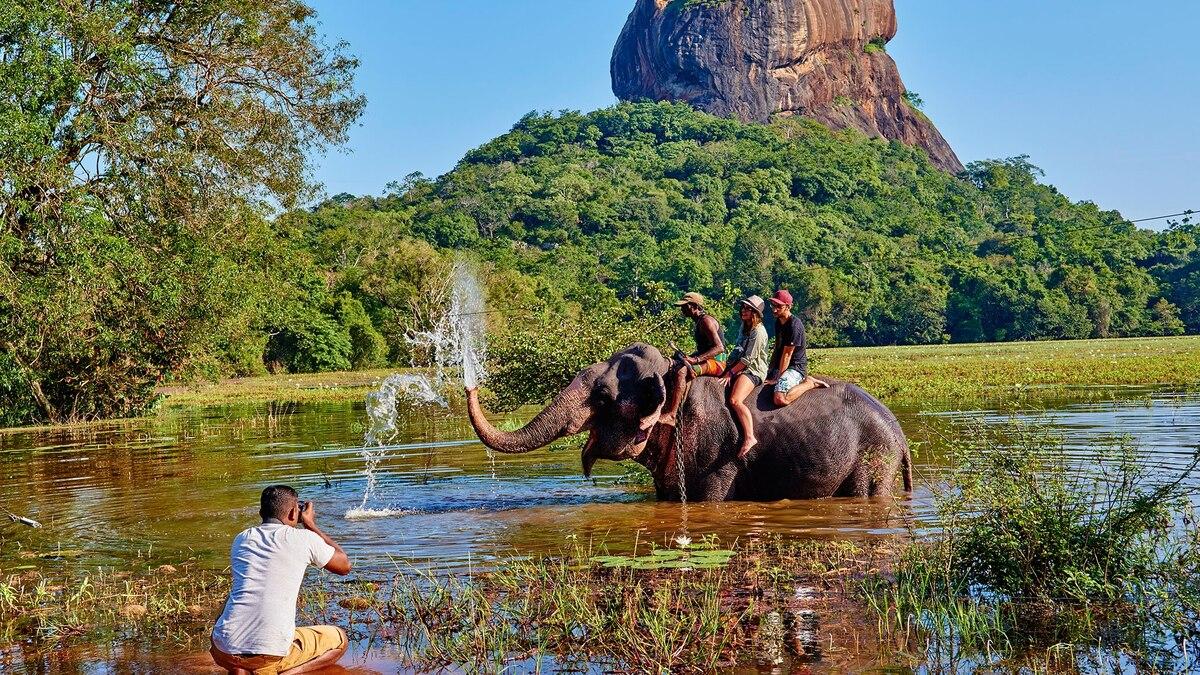Introduction
Wildlife hunting tourism has grown tremendously in popularity over the past few decades. Once a pursuit limited to the wealthy elite, the general public is now able to experience these hunting adventures through organized tours and packages. However, there remains an ongoing debate around the sustainability and ethics of this practice. This article examines the various aspects of wildlife hunting tourism including its economic and ecological impacts.
Economic Benefits
Wildlife hunting brings in significant revenue for many developing nations. Regulated hunting programs generate millions of dollars annually from license fees and tourism packages. In Africa alone, the wildlife hunting industry is valued at over $200 million per year. The funds collected support conservation efforts and provide livelihood opportunities for local communities.
In remote areas with limited alternative employment, hunting ranches and reserves serve as a major source of income. Villagers find work as scouts, skinners, butchers, cooks, drivers and camp attendants. The flow of foreign exchange also stimulates other sectors like lodging, transportation and local handicraft businesses. Supporting wildlife hunting preserves the wild spaces and incentivizes their protection over converting to agriculture or development.
Conservation Impact
Around 300 million hectares of land worldwide is set aside specifically for hunting. This helps maintain large contiguous habitats essential for biodiversity. Well-managed hunting programs monitor animal populations and cullproblem individuals if needed. The fees charged ensure only a sustainable number are harvested each season. Funds generated often outstrip what other land uses like livestock farming could provide and is consequently better for long-term habitat conservation.
Hunting also provides cover for anti-poaching activities where legal. The resources and infrastructure meant for hunting parties contribute to security patrols that curb illegal hunting and wildlife trafficking. Some species have even shown increases attributed to the conservation efforts of hunting programs. There is evidence successful mammal reintroductions were often a spin-off benefit of wildlife utilization projects.
Criticisms of Hunting Tourism
Not all hunting practices sustainably utilize wildlife populations however. There are concerns some operations focus more on generating revenue than adhering to science-based quotas or management plans. Licensed hunting is also open to abuse if not strictly regulated and enforced. Without proper oversight, over-hunting can deplete species numbers.
The killing of endangered species and hunting during protected periods like mating or calving seasons should be prohibited. However, not all regions have the capacity for continuous monitoring of concession areas. There are also debates around hunting methods considered more "sporting" versus those seen as cruel. Animal welfare and fair chase principles are still developing concepts in the tourism wilderness contexts of developing nations.
Some critics argue the funds earned could be generated through non-lethal ecotourism as well. Photographing rare and beautiful wildlife appeals to a growing number of nature lovers. This presents a viable alternative for regions with prime habitats that do not require killing endemic fauna. Ecotourism also tends to promote appreciation for conservation whereas hunting may glorify sport over protecting nature. There are opportunities to transition more hunting concessions to photographic tourism over time.
Sustainability and Regulation
For hunting to benefit Wildlife Hunting Tourism in the long-run, it needs to be responsibly regulated by science-based management systems. Capable governing agencies are crucial for population assessments, permit allocations, supervising hunting operations and curbing illegal off-takes. Community involvement also bolsters stewardship of natural assets local livelihoods depend on.
Stringent regulations and regular audits curb over-hunting and infractions. Satellite telemetry tracking helps enforce spatial and temporal protection of habitats during sensitive periods. New technologies like DNA hair and fecal sampling provide more accurate population data for quota setting compared to traditional survey methods alone. Developed nations exporting huntingtourists have an added role facilitating technology transfers, financial investments and anti-poaching collaborations for host communities and partners.
With sustainable use principles and enforcement capacity, hunting maintains habitats and species that would otherwise be converted or vanish. However, hunting will lose its social license if not demonstrably contributing to long term conservation. A growing imperative is transitioning more areas to ecotourism compatible with protection when wildlife values exceed sustainable harvests. An optimized balance of diverse land uses augments both biodiversity and local livelihood benefits over the long run.
Overall, hunting remains controversial but for now presents an important economic opportunity for remote regions. When strictly regulated and community-inclusive, hunting tourism can fund biodiversity protection exceeding alternatives. However, conservationists must work to transition more areas favoring non-lethal ecotourism given client preferences and its compatibility with appre Giant panda ciation over utilization alone. Strengthening governance capacity, curbing abuses and embracing technological innovations will help optimize sustainable wildlife management supporting habitat protection and socio-economic development priorities in tandem. With vision and collaboration, diverse land uses from hunting to ecotourism can mutually support thriving natural spaces and the people dependent on them.
For more insights, read-https://www.insightprobing.com/wildlife-hunting-tourism-trends-size-and-share-analysis/
